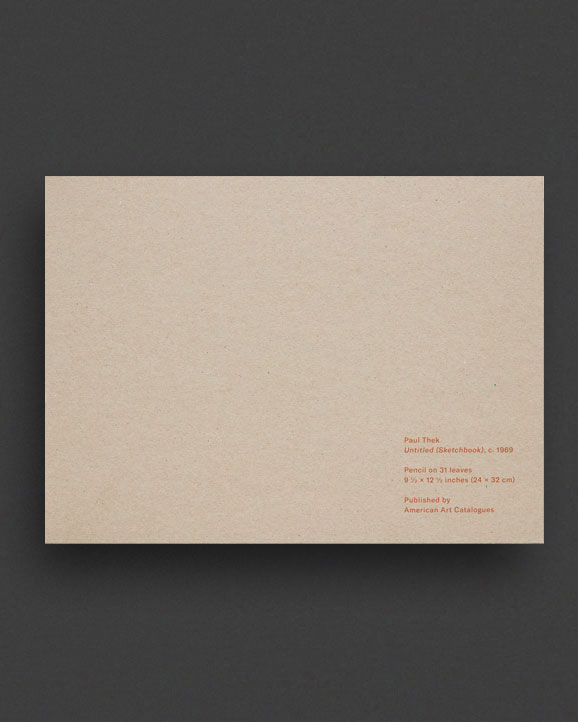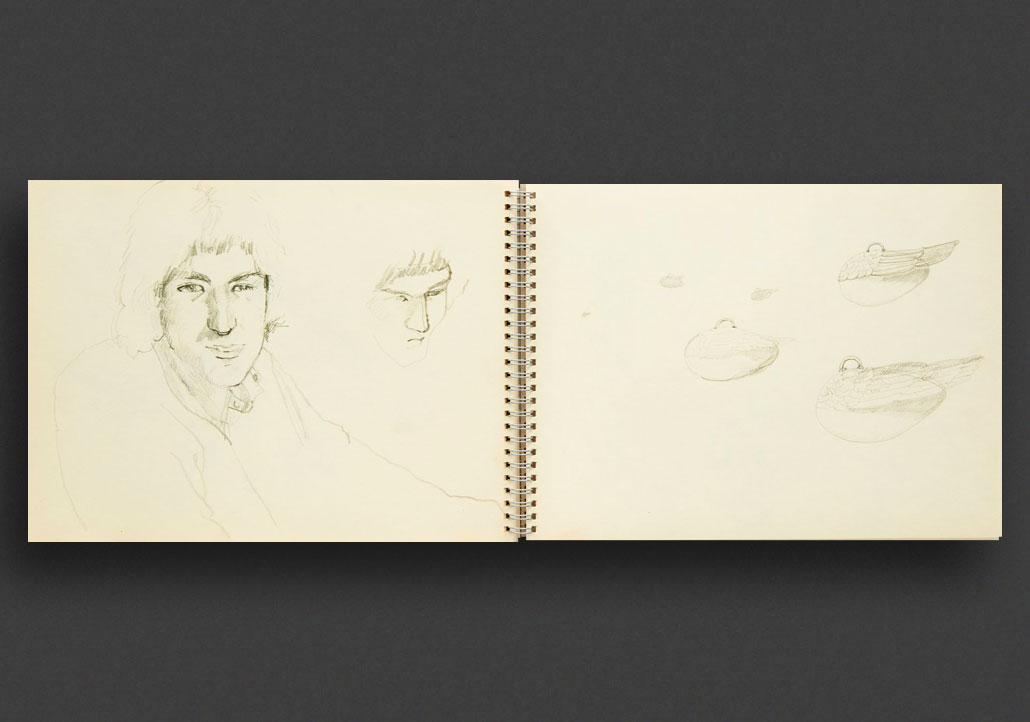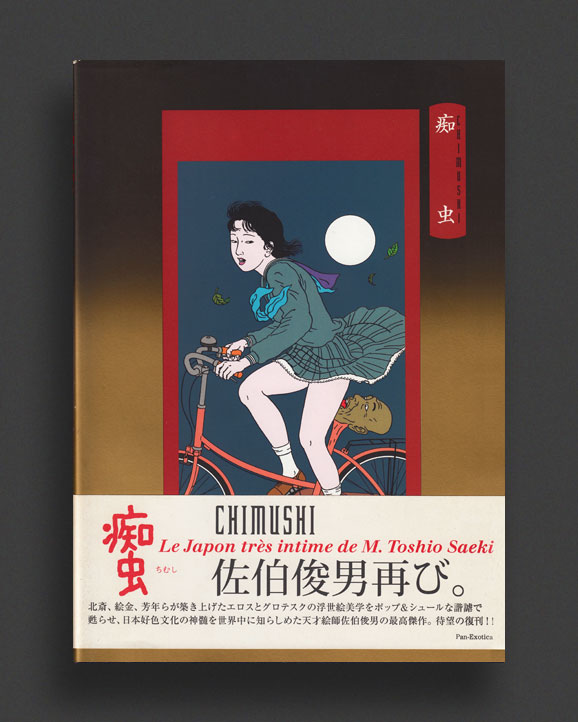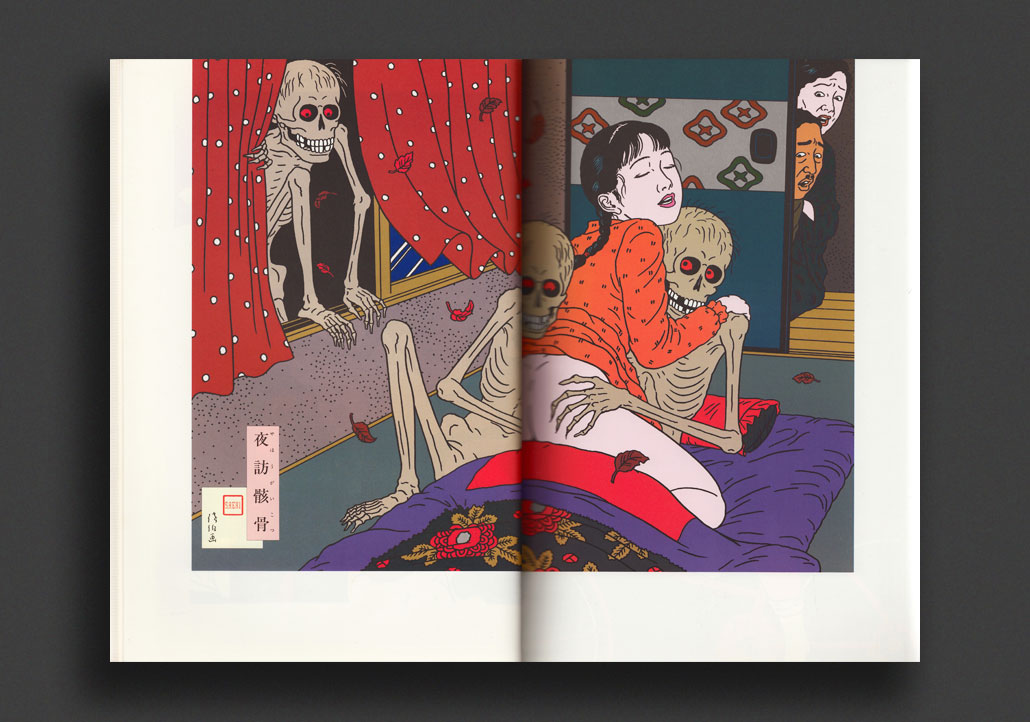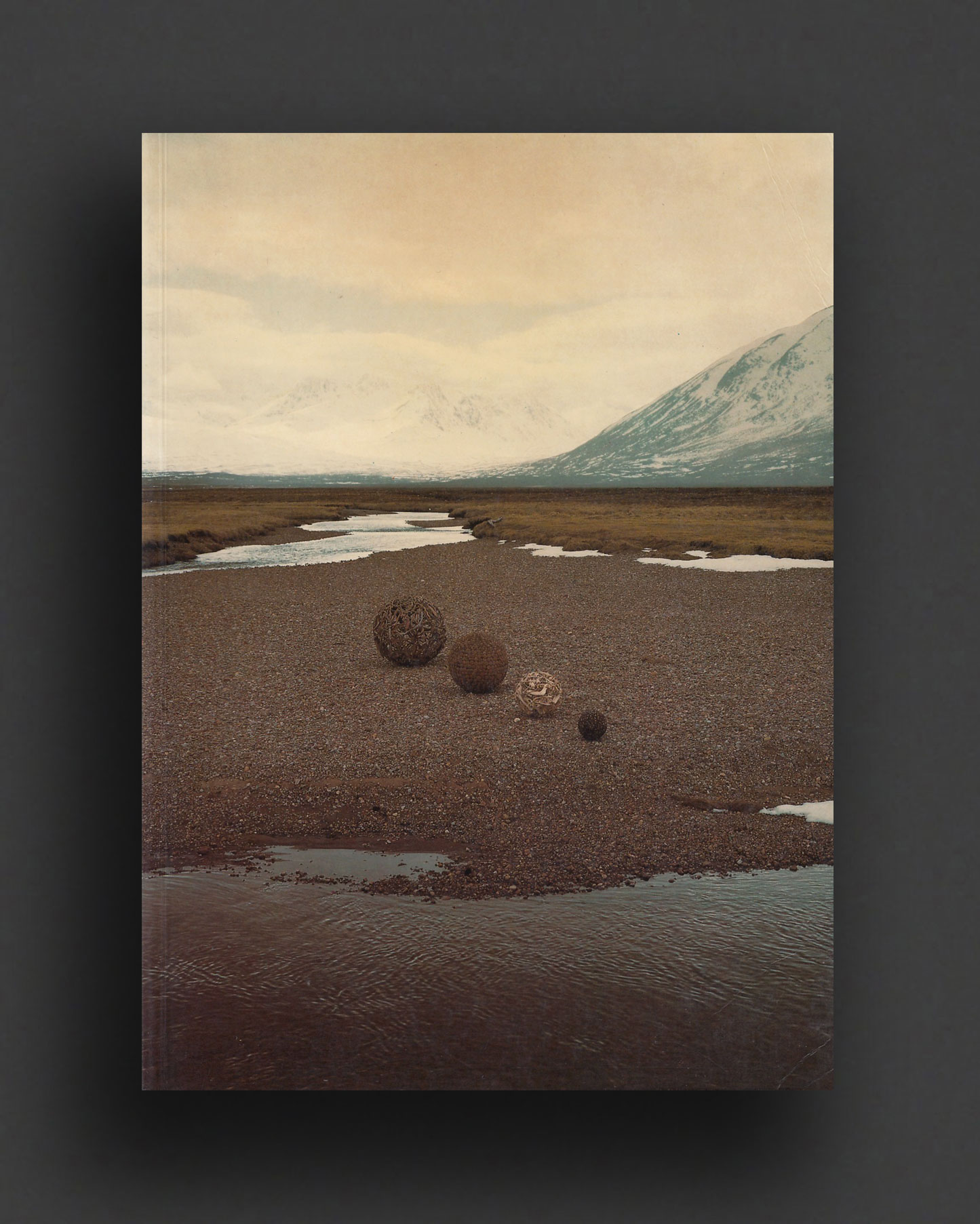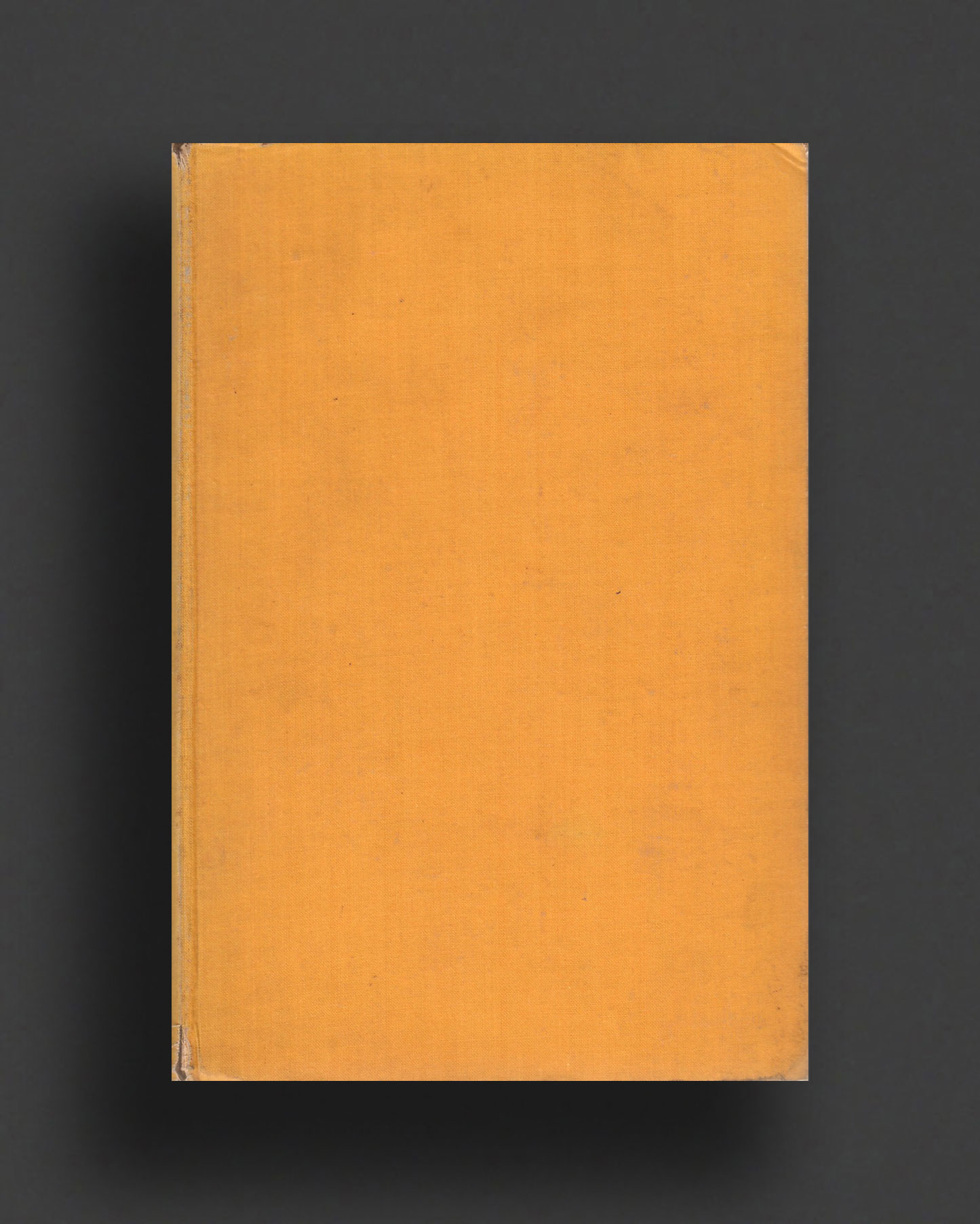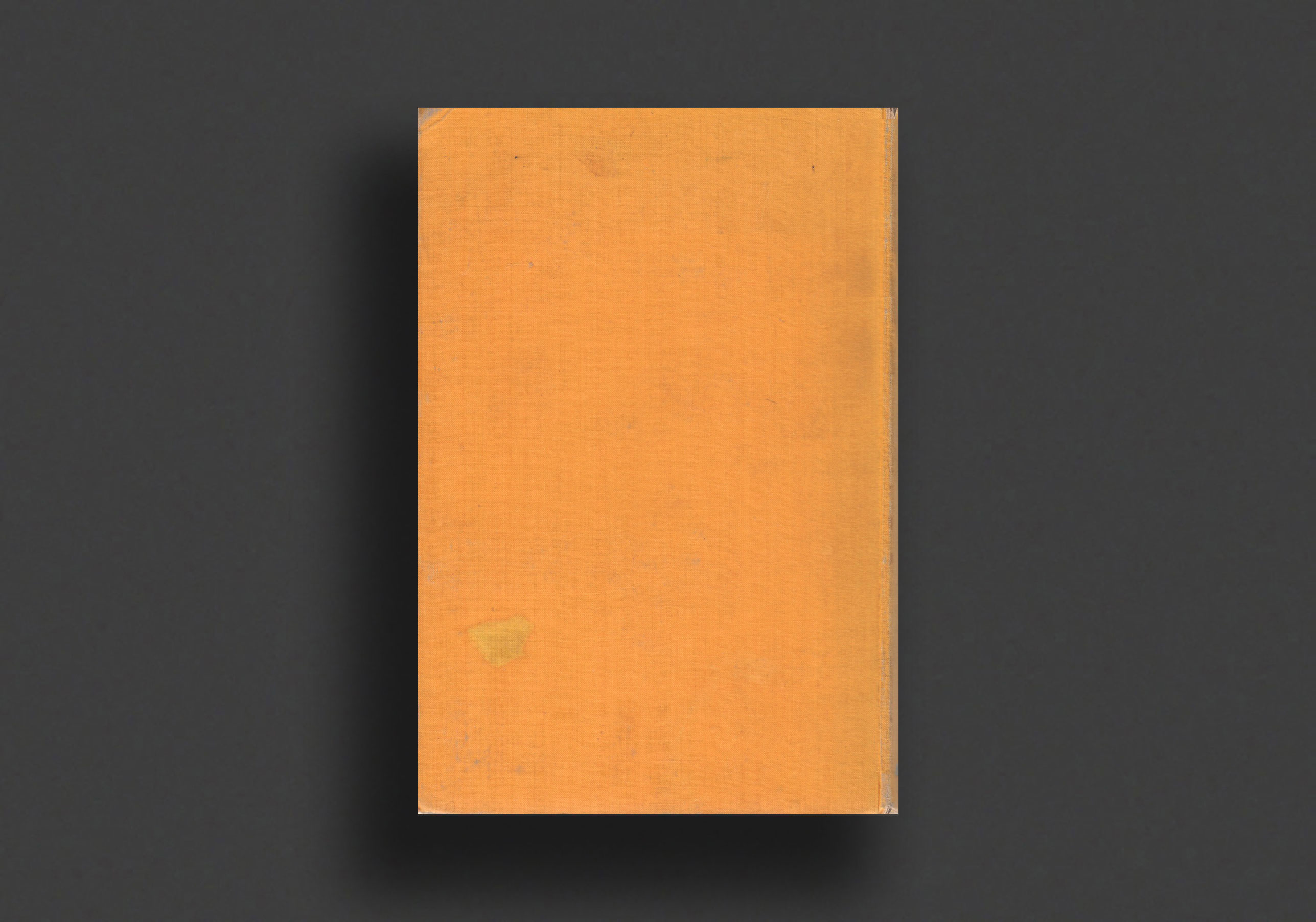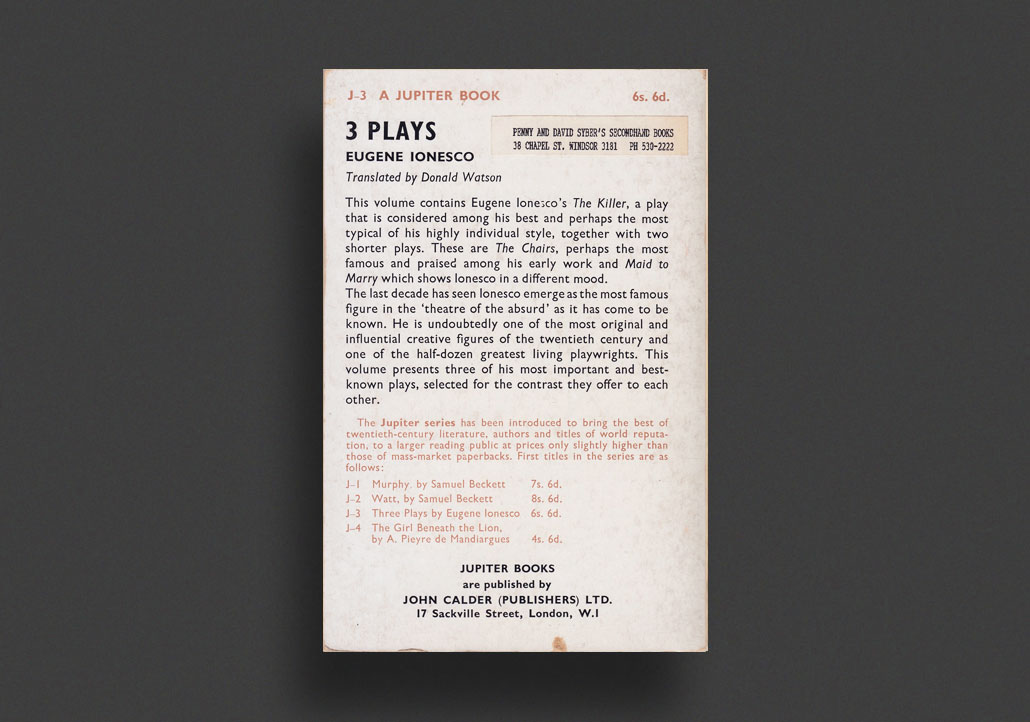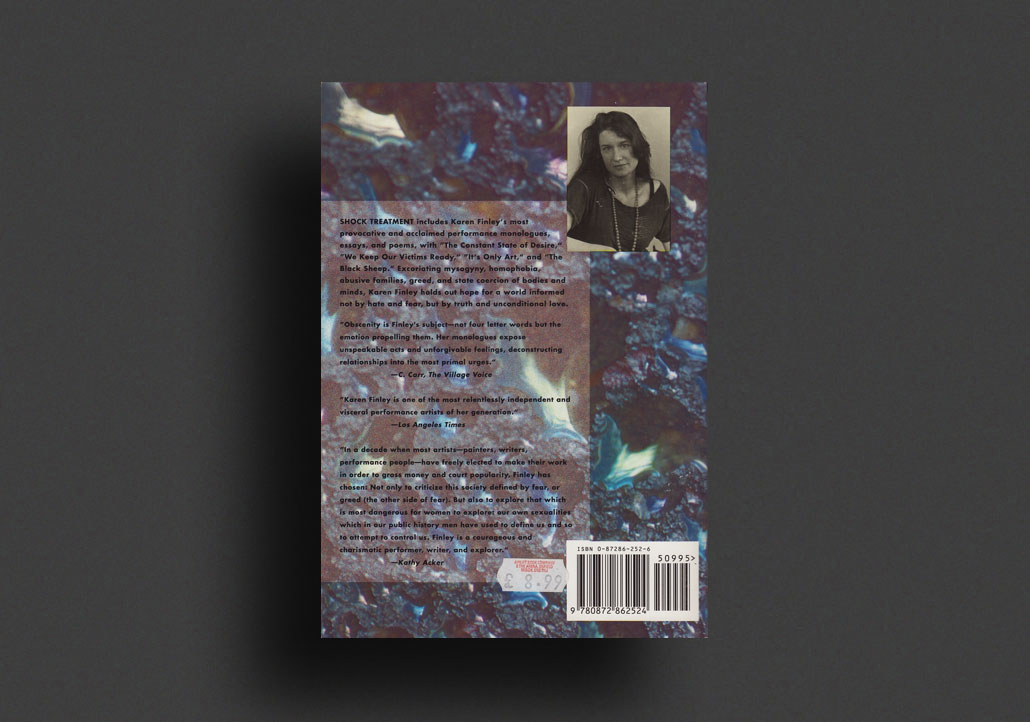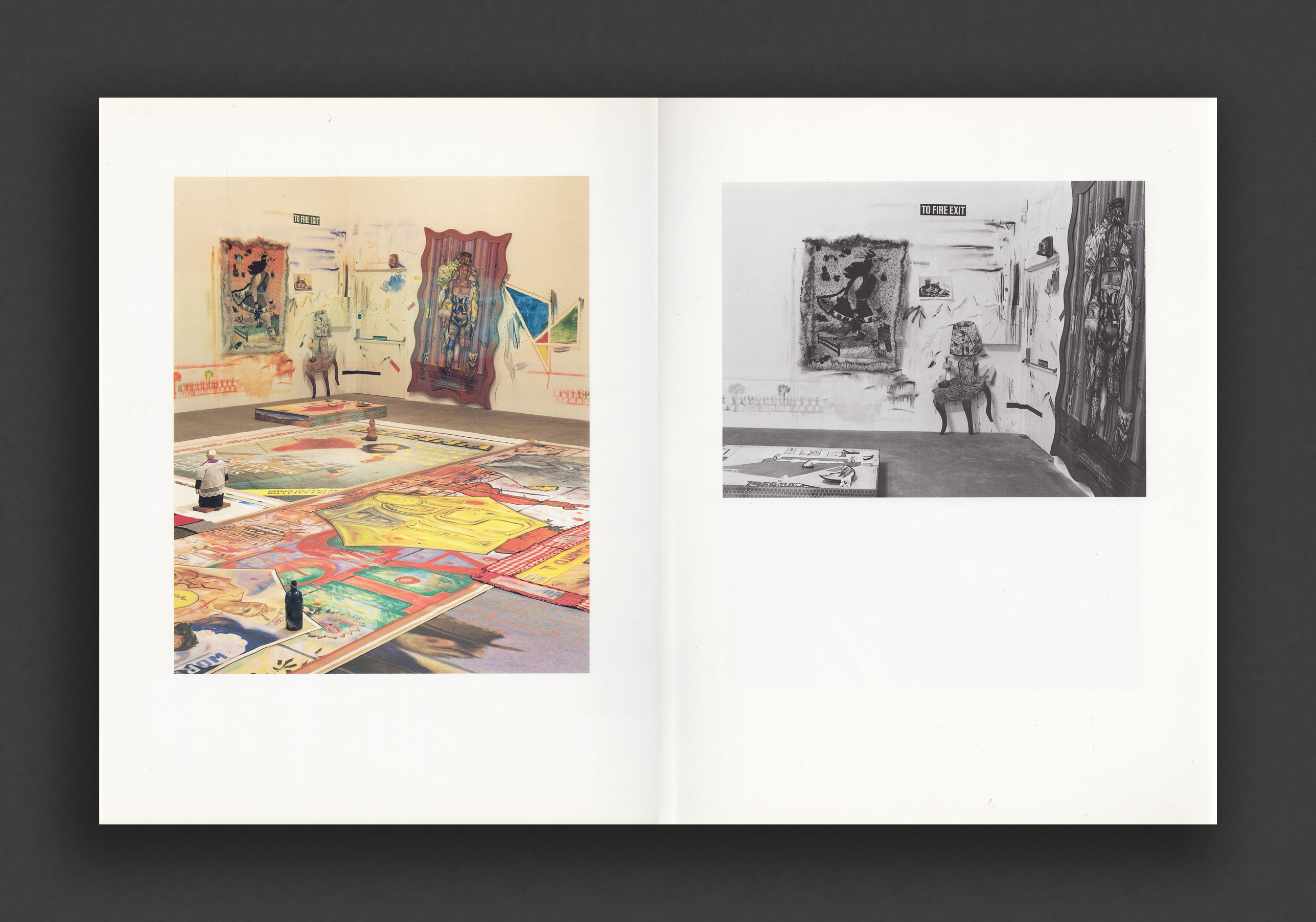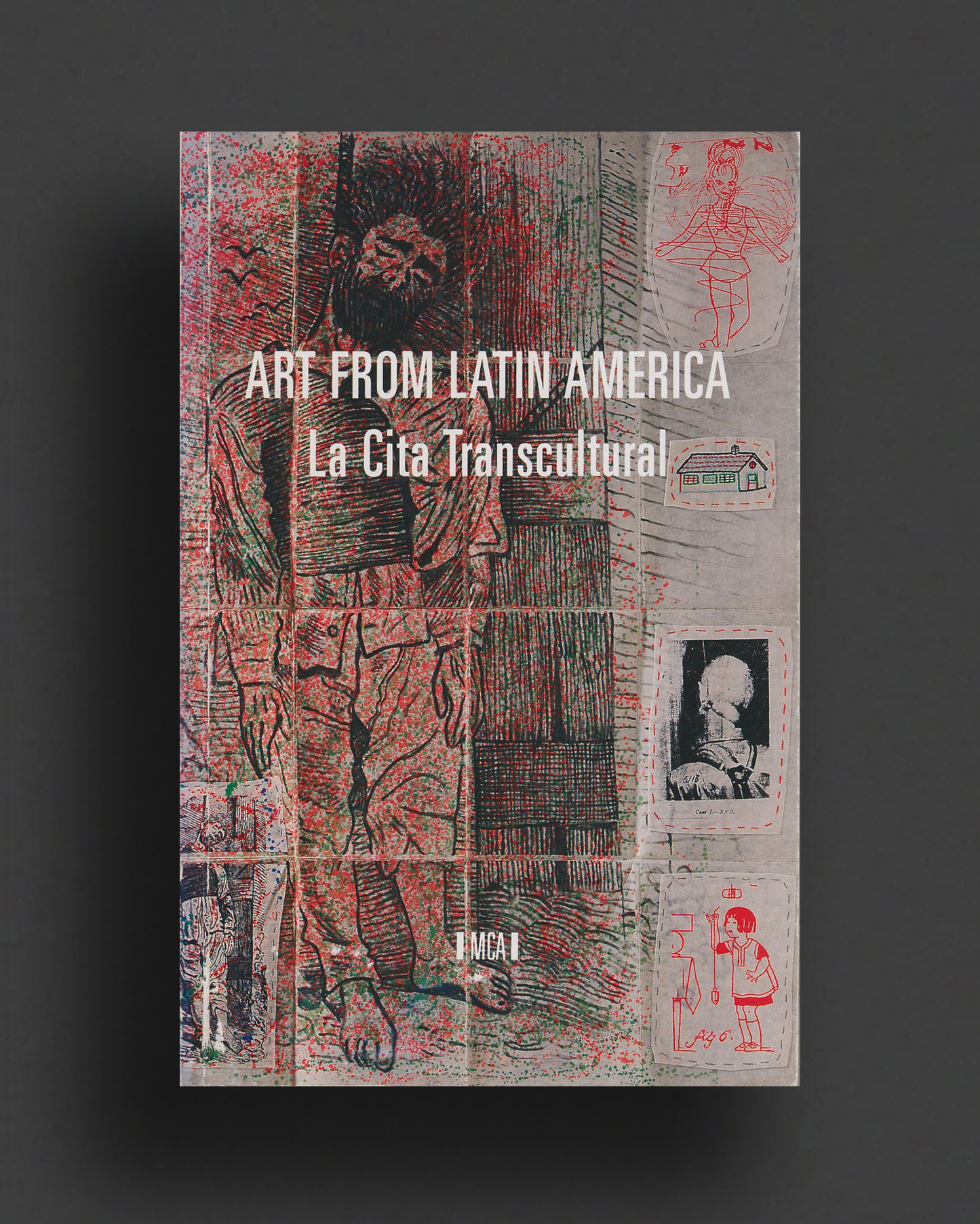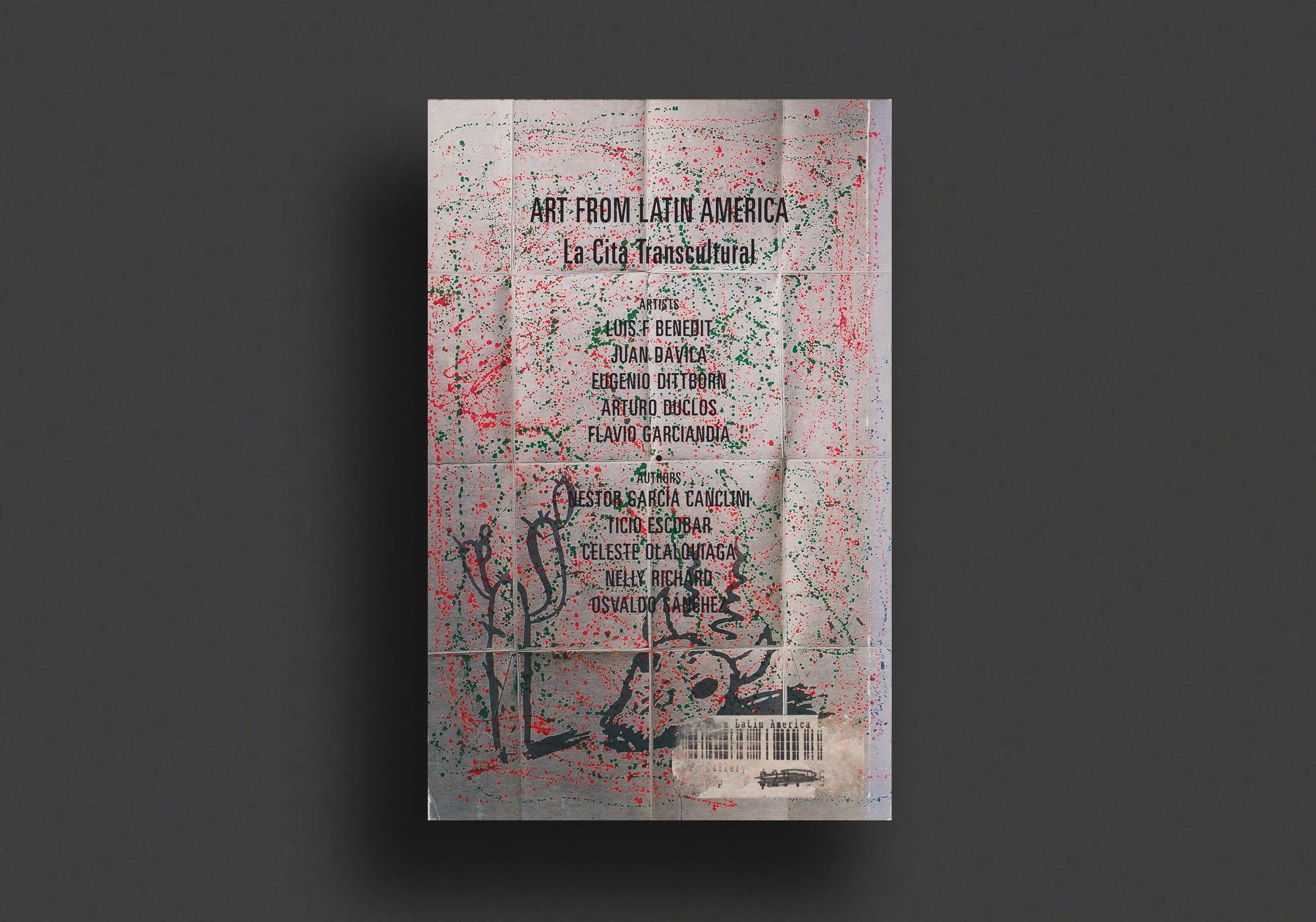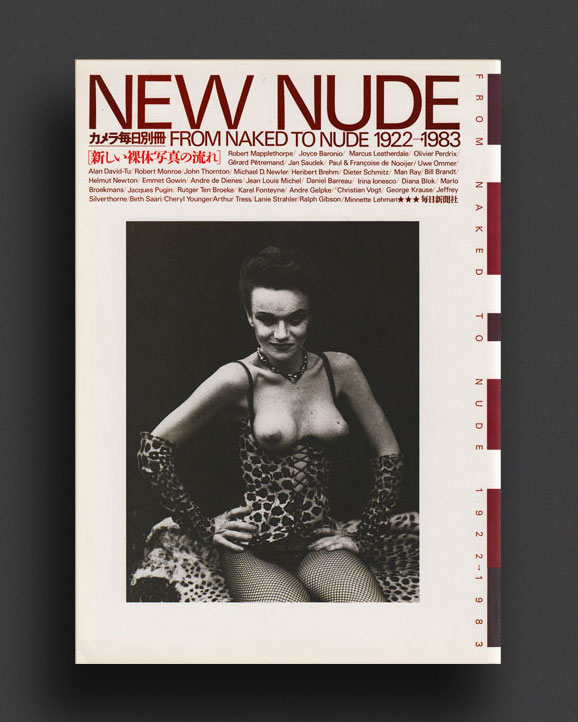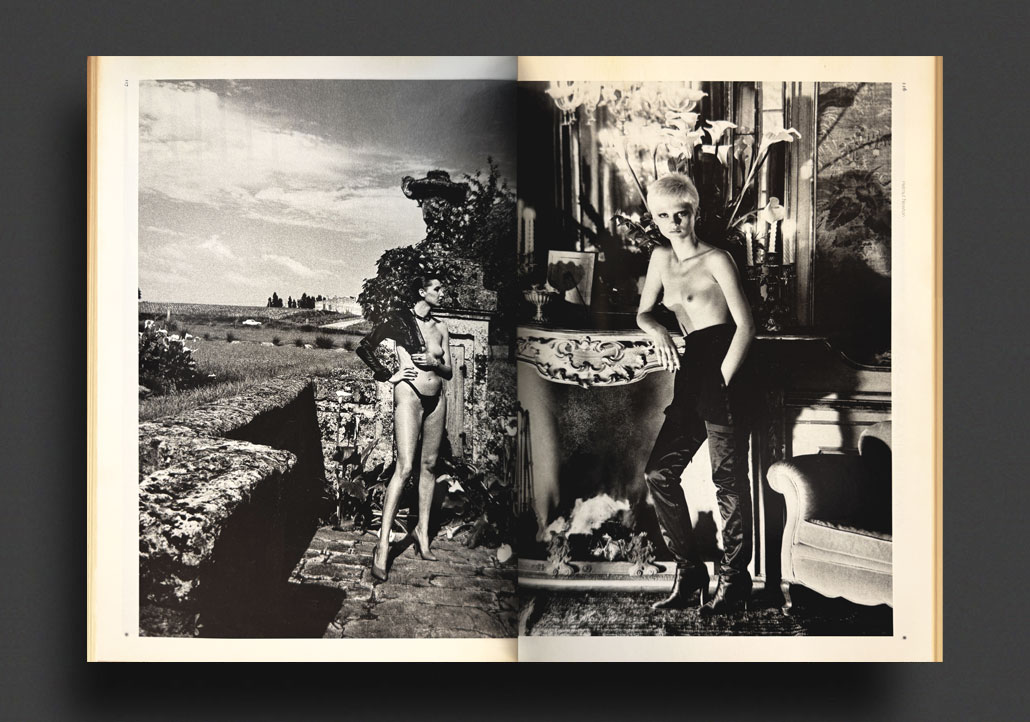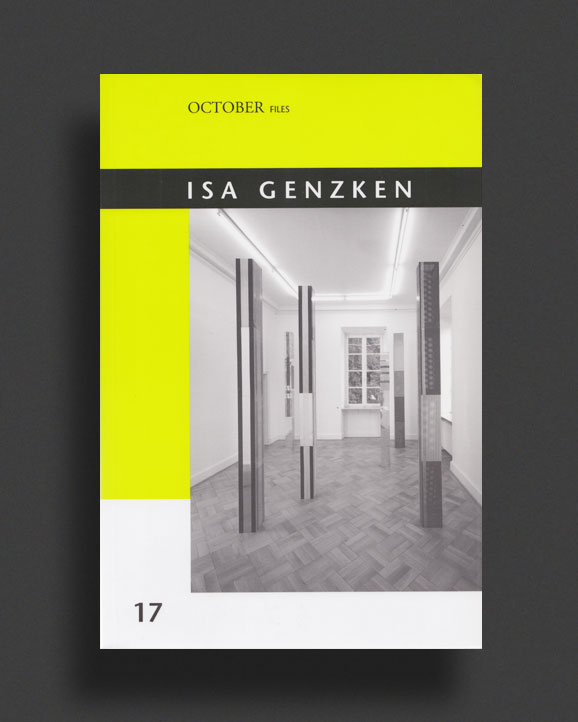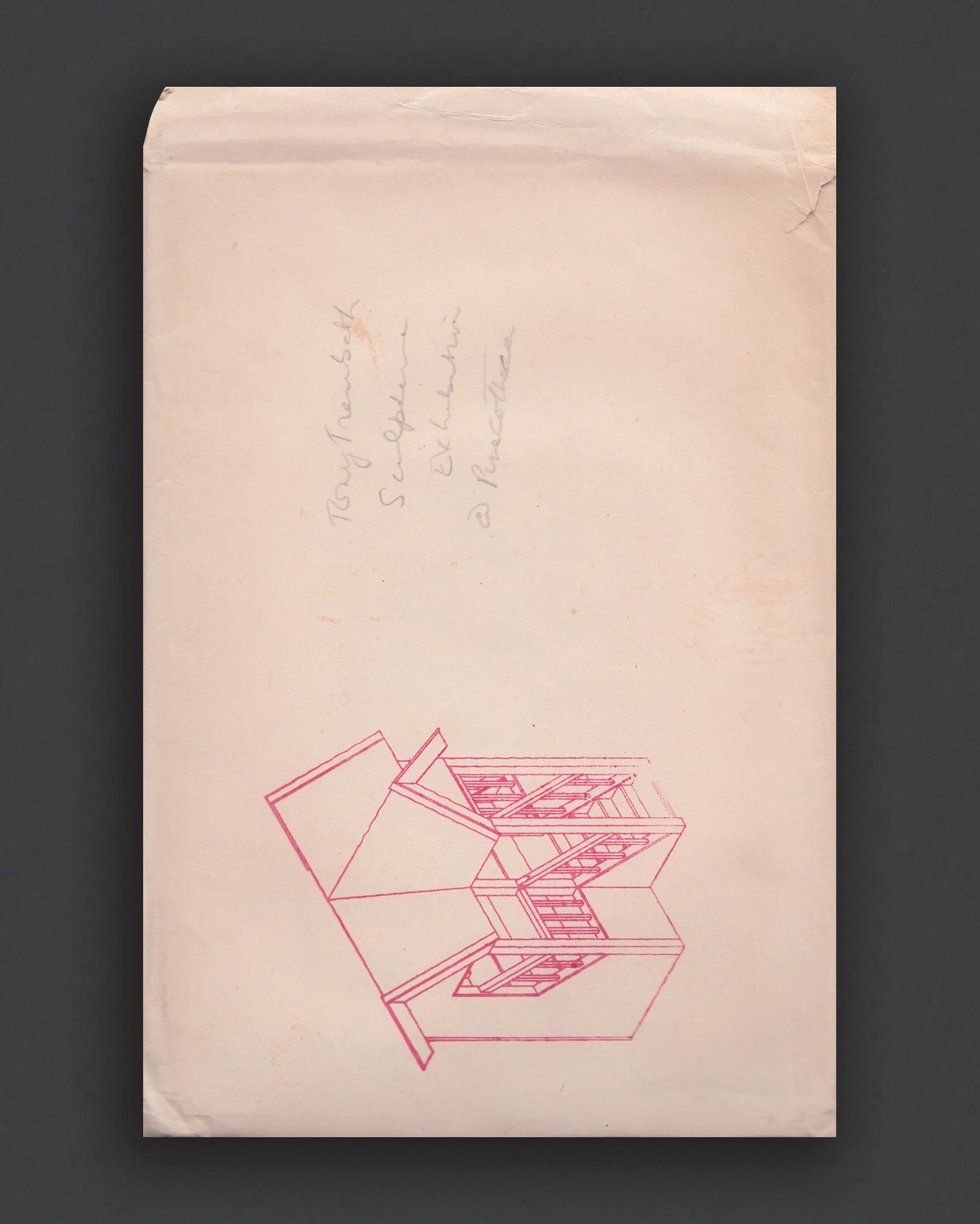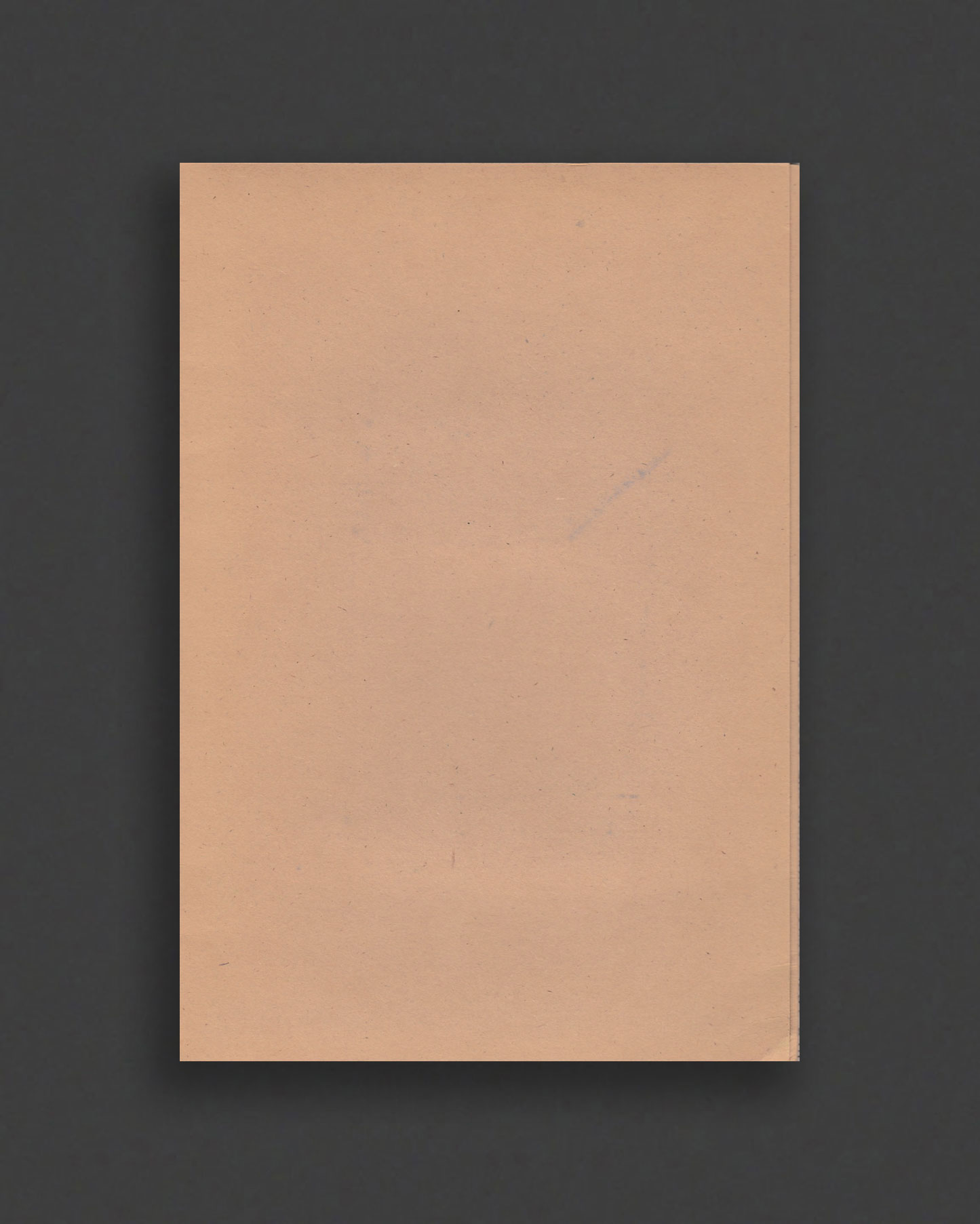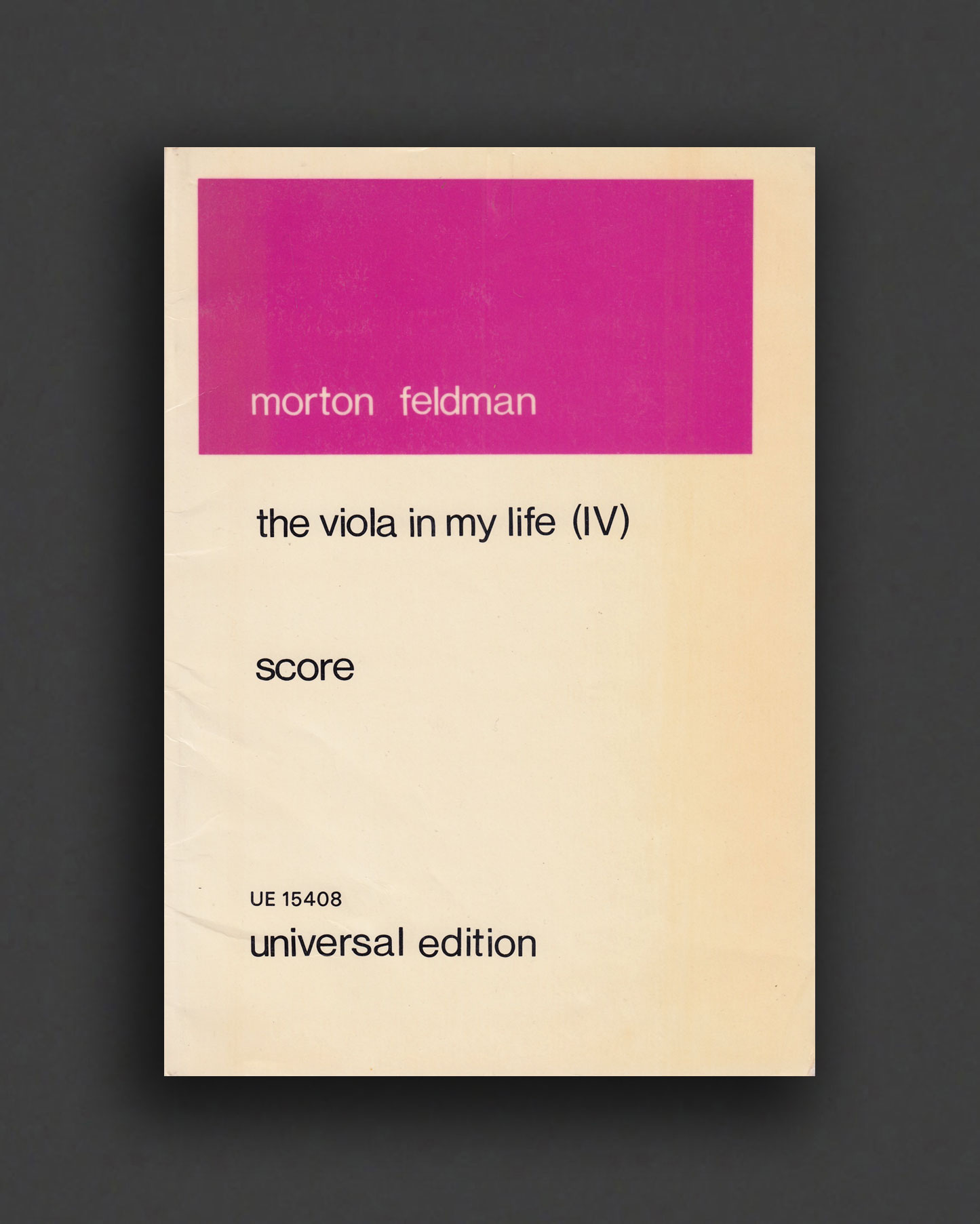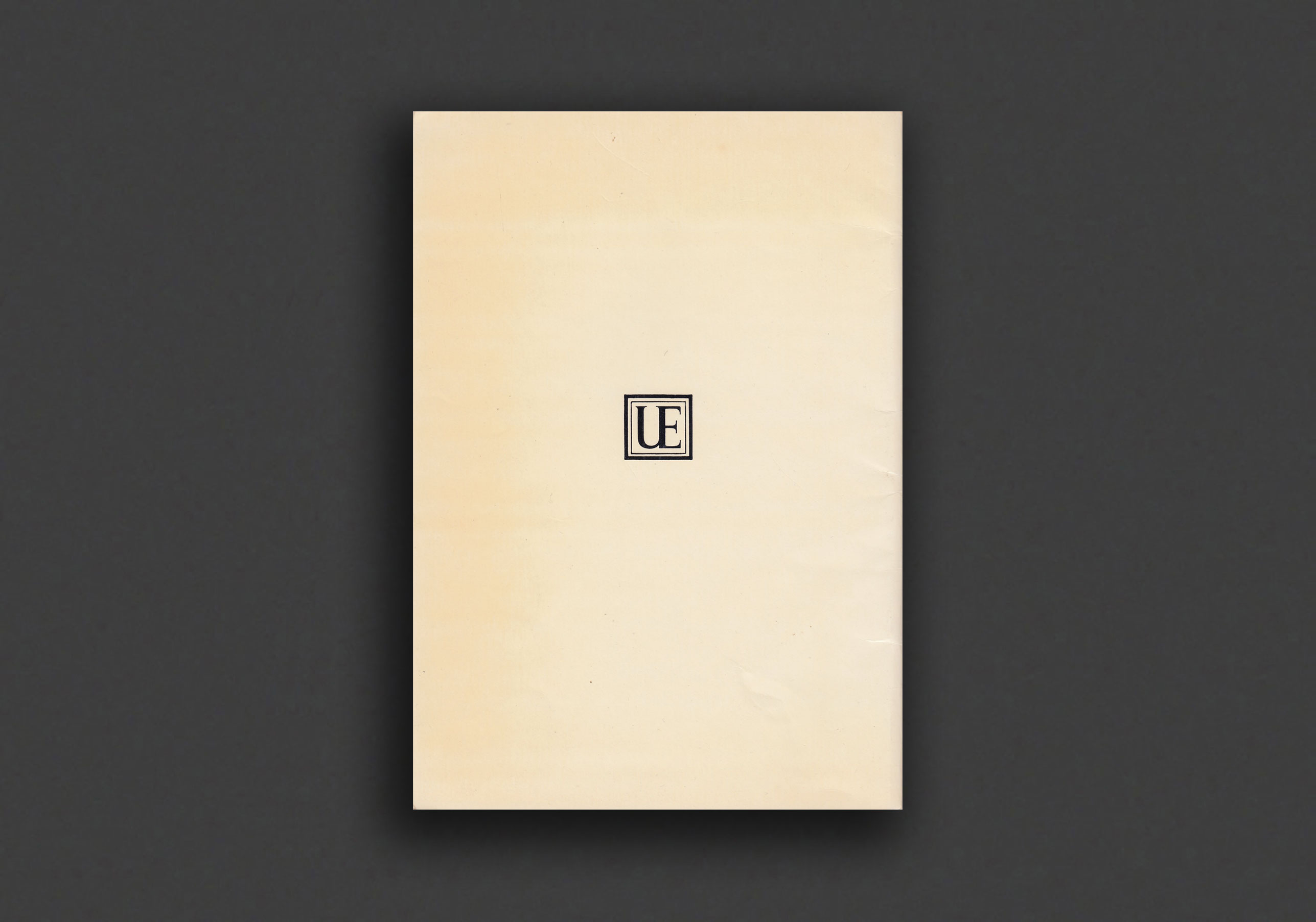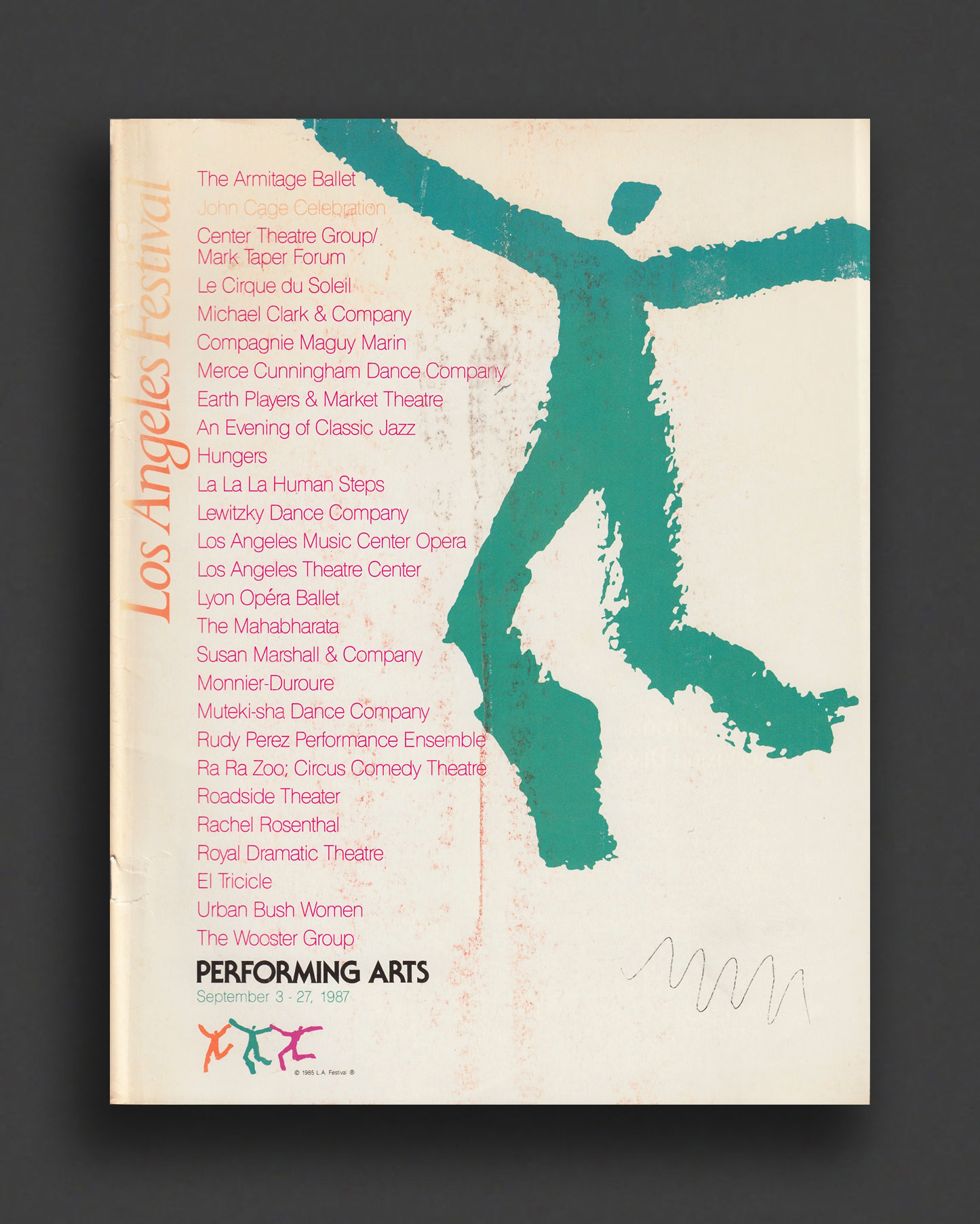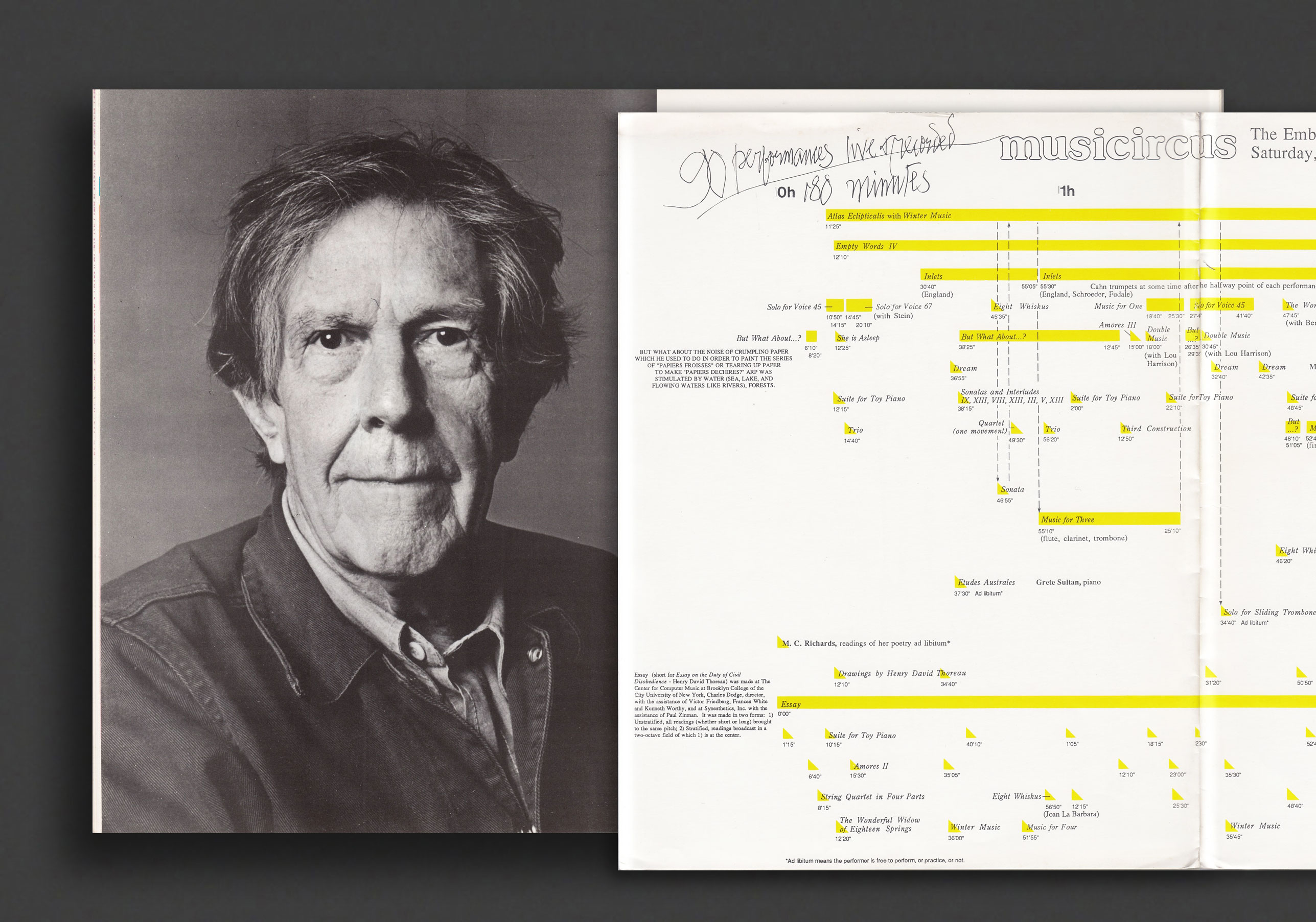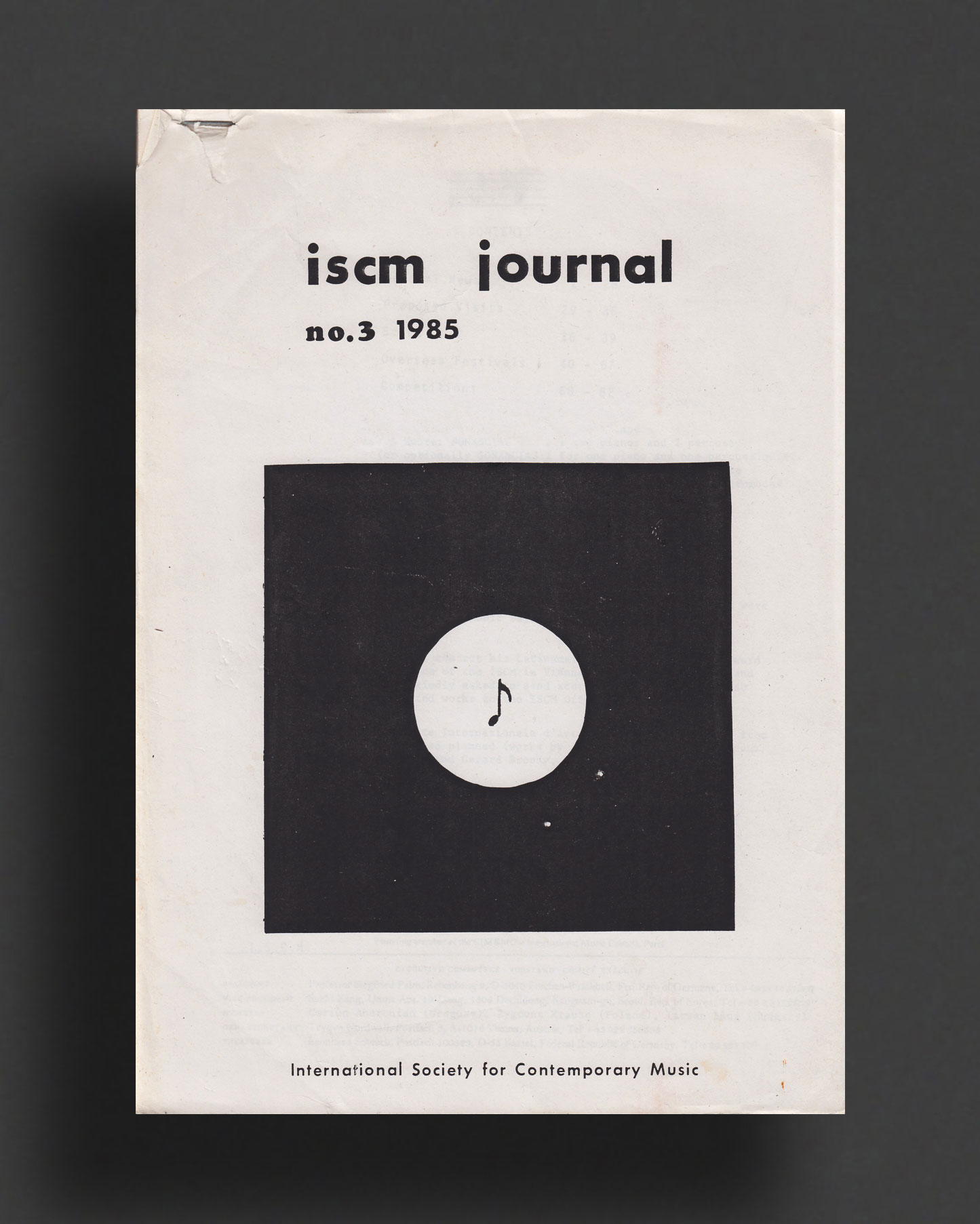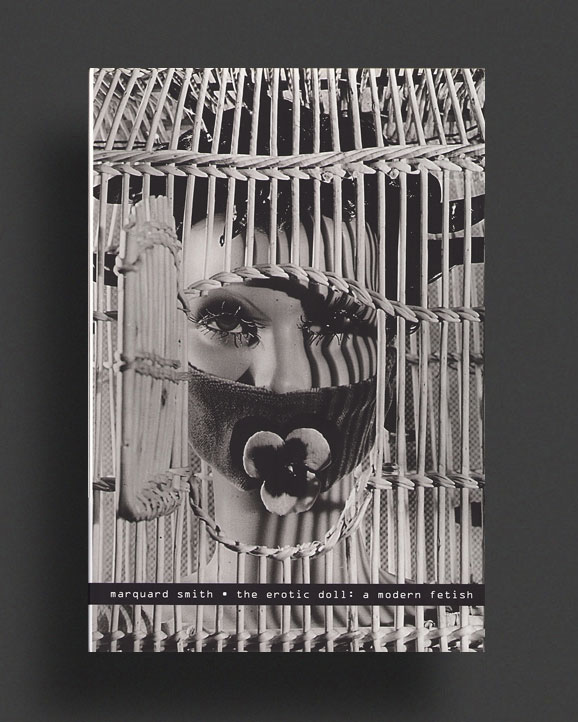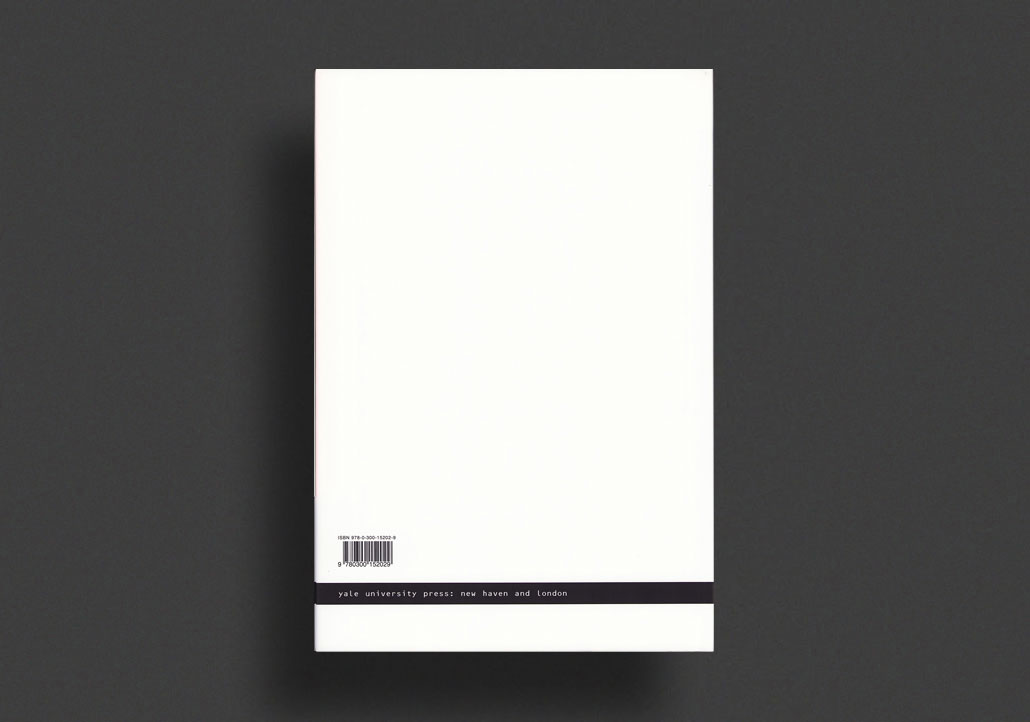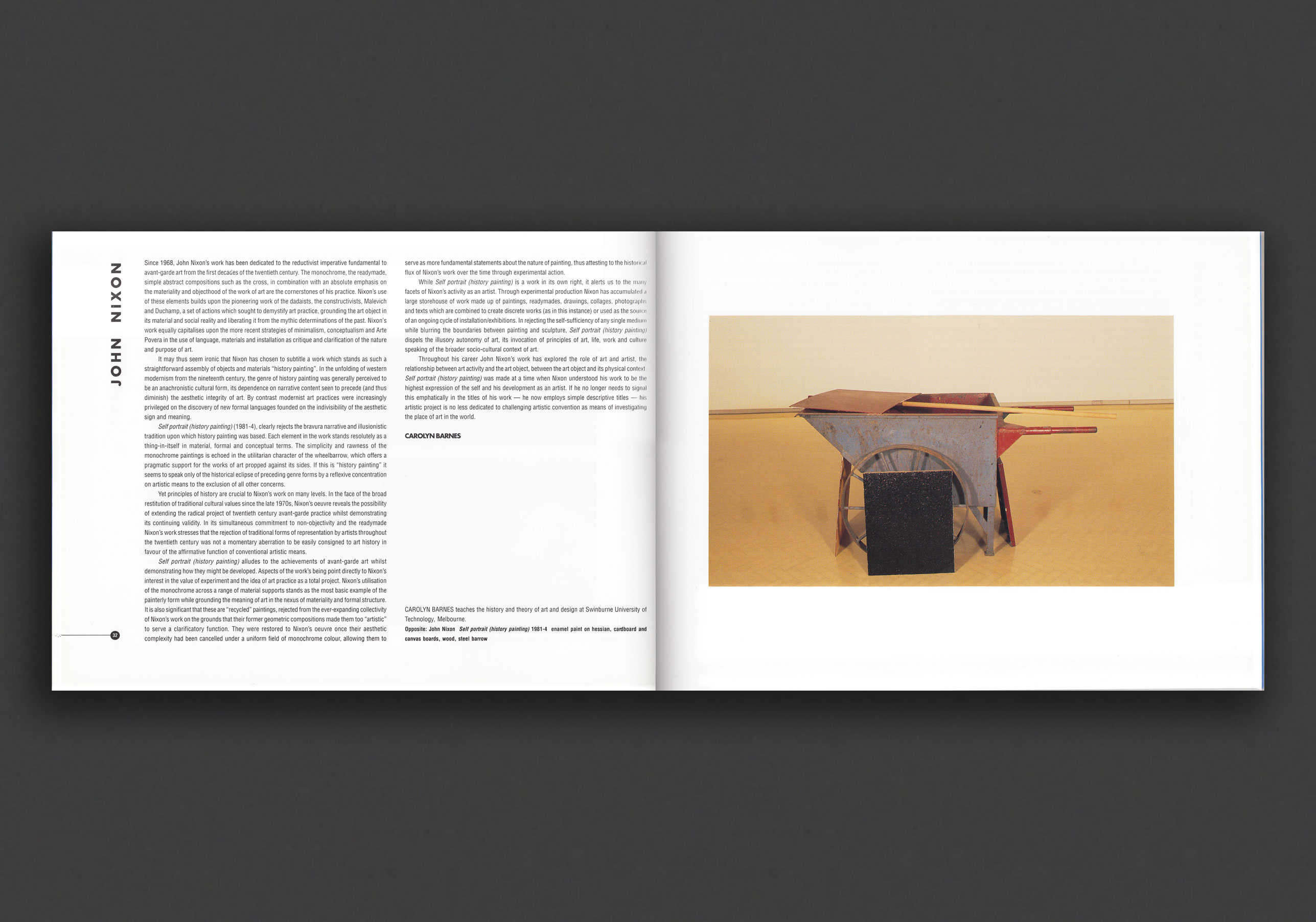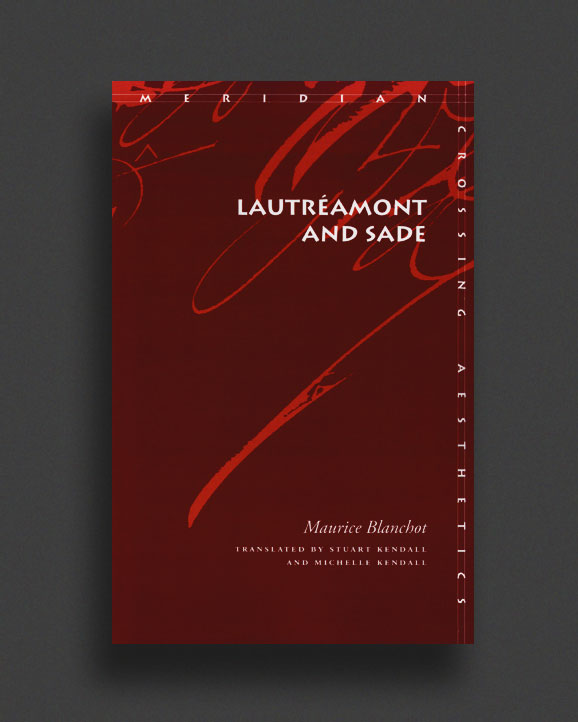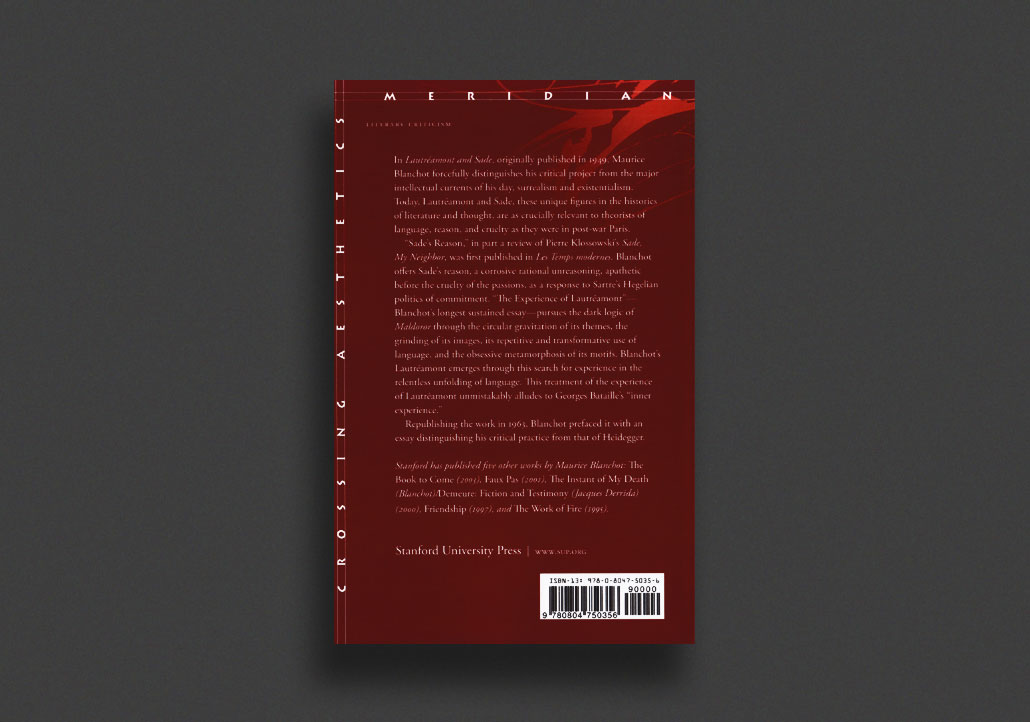(...less)
Scarce copy of the British catalogue published on the occasion of Chilean-Australian artist Juan Davila's solo exhibition, Juanito Laguna, at Chisenhale Gallery 16 November - 18 December 1994, travelling to Ikon Gallery in Birmingham in 1995. Heavily illustrated with exhibition views, works and details from Davila's tremendous painting installation, accompanied by texts by Guy Brett and Carlos Pérez Villalobos.
Juan Davila (b. 1946, Santiago, Chile) is a Chilean-Australian artist and writer who migrated to Melbourne, Australia, in 1974, where he lives and works. One of Australia's most distinguished artists, Juan Davila’s work always arouses controversy. In 2019 the Australian Christian Lobby called for one of his pictures to be removed from Griffith University Art Museum in Brisbane, which was part of an exhibition called The Abyss. The artwork, Holy Family, depicts Mary cradling a giant penis, in the style of the famous Michelangelo sculpture The Pieta. Over the last 3 decades, Juan Davila’s paintings have interrogated cultural, sexual and social identities, resulting in a rich, complex and provocative body of work. Davila’s work has been shaped by the political upheaval during the Pinochet dictatorship of Chile in the 1970s, conveying the violence and psychological turmoil its citizens experienced. A distrust of nationalism and state control has formed a strong thread in Davila’s work ever since, extending to stinging and often hilarious critiques of the Australian political system, aspects of government policy, and public figures in Australia and Latin America.
Published by Chisenhale, London, 1994
Paperback, colour illustrations, pp 24
Text by Guy Brett and Carlos Pérez Villalobos
Juan Davila’s work always arouses controversy. There are attacks and defences. But I would like to write about his work as one which refuses antagonistic, exclusive positions and embraces multiplicity. I do not deny that many of his images have the power to shock and disturb. Familiarity with the discourse of art, and a repertoire of distancing and calming intellectual terms I could employ, does not make these images any less affecting to me, and I imagine the response of others who do not belong to art circles. Here each viewer of the work responds involuntarily and translates their perturbation into words or actions. To me, those images of Davila’s which are cursorily or indignantly described as violent, pornographic or insulting are multiple, not only in the sense of the references they make (their representations), but in relation to the onlooker. These days we are continually exposed to shocking images, but Davila’s do not disturb in the manner of the media which bombard us daily with shattered bodies, lifeless dolls, huddled lumps, piles of dust merging with the particles of print or electronic media that bring them to us. In fact, the very opposite. His bodies are not objectified as a defined and fixed ‘other’. They have a shifting, vulnerable, libidinal quality of uncertain identity that touches us intimately. That he/she out there, that extravagant, unseemly, no-holds-barred conglomerate, is partly myself, is partly mirror, is made up of parts of you and me.
Heavily-illustrated with Chilean/Australian artist Juan Davila's paintings in full-colour, this catalogue was produced on the occasion of Davila's solo exhibition "The Moral Meaning of Wilderness" at Monash University Museum of Art | MUMA Caulfield campus, 4 August - 1 October 2011. Includes essays by Dr. Kate Briggs, and a conversation with Juan Davila.
The Moral Meaning of Wilderness features recent work by Juan Davila, one of Australia’s most distinguished artists. The exhibition sees Davila turn to the genres of landscape and history painting, at a time when the environment is as much a political as a cultural consideration. With technical virtuosity, Davila’s striking representations of nature achieve monumental significance, depicting beauty and emotion while addressing modern society’s ambivalence to nature and increasing consumerism.
The Moral Meaning of Wilderness represents a radical shift in Davila’s practice, whilst continuing to explore art’s relationship to nature, politics, identity and subjectivity in our post-industrial age. Davila pursues his exploration of the role of art as a means of social, cultural and political analysis. While many contemporary artists turned away from representation of the landscape, due to its perceived allegiance to outmoded forms of national identity and representation, Davila has recently sought to revisit and reconsider our surroundings au natural.
His paintings are, at first view, striking representations of nature. The paintings, created since 2003, are undertaken en plain air, a pre-modern technique based on speed of execution in situ, and the use of large scale canvases characteristic of history painting. He has also employed other techniques such as studio painting and representations of the landscape with reference to the sublime, the historical, memory and modernity.
Presented in association with Drill Hall Gallery, The Australian National University, and Griffith University Art Gallery.
File under:
Juan Davila
Guy Brett
Carlos Pérez Villalobos
Chisenhale Gallery / London
Art
Painting
Australian Art
LGBTQ+
Out-of-print / Rare
Sculpture / Installation
























































































































































